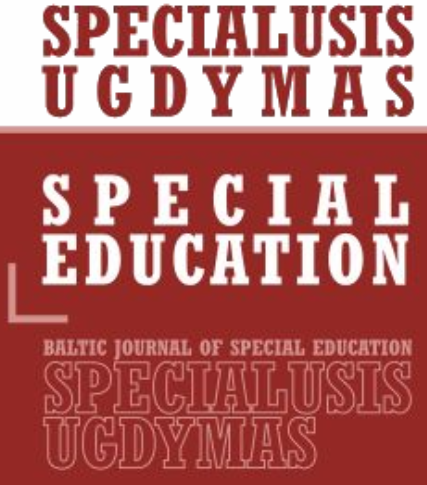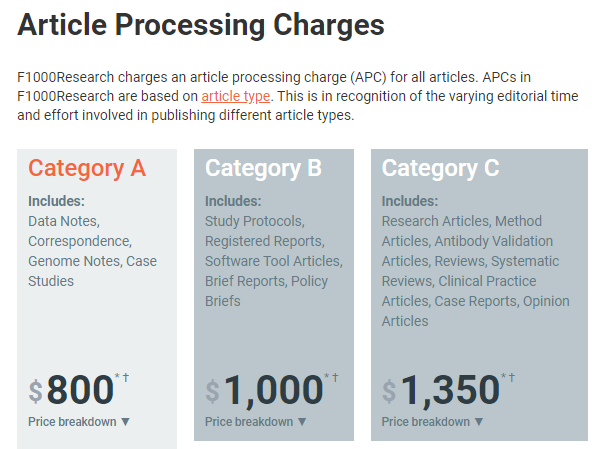International Journal
of Innovation Studies
IJIS
Country: China
This journal is published quarterly; March, June, September, and December.
Publisher: KeAi Publishing Communications Ltd.
Copyright © 2021 China Science Publishing & Media Ltd. Publishing services by Elsevier B.V. on behalf of KeAi Communications Co. Ltd.
ISSN: 20962487, 25892975
Reference style: Unique
APC: To provide open access, this journal has an open access fee (also known as an article publishing charge APC) which needs to be paid by the authors or on their behalf e.g. by their research funder or institution. The journal is currently free to the authors and readers.
Guide for authors:
Editor:
Jin Chen
Department of Innovation, Entrepreneurship and Strategy, School of Economics and Management, Tsinghua University, Beijing, China
Note: Performance is spelled incorrectly in the online version...
Factors Influencing Venture Capital Perforsmance in Emerging Technology: The Case of China











Real link: https://www.journals.vu.lt/special-education/